Home>Interior Design>How Many Pictures Should You Hang On A Wall? 6 Golden Rules
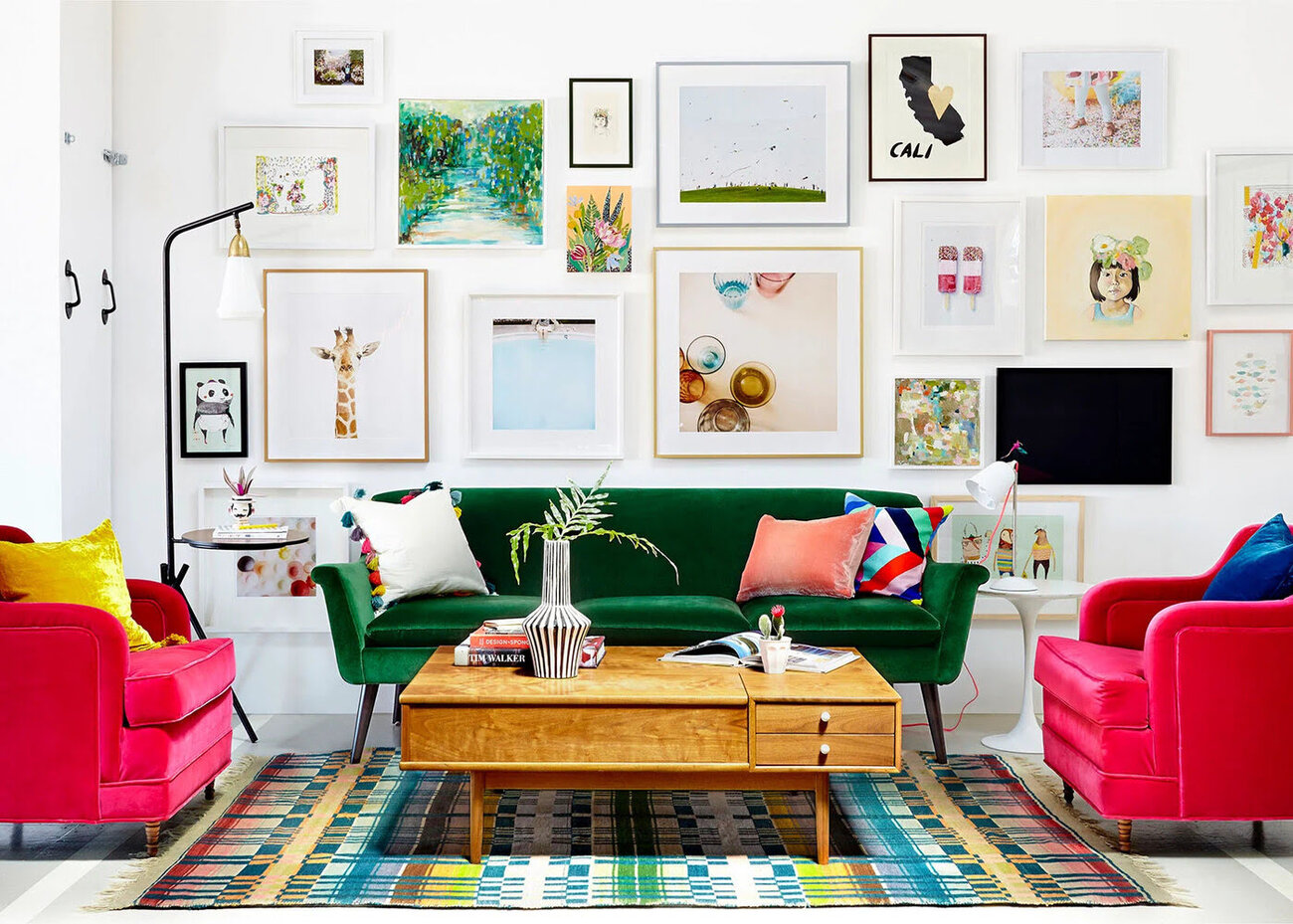

Interior Design
How Many Pictures Should You Hang On A Wall? 6 Golden Rules
Modified: December 7, 2023
Learn the 6 golden rules of interior design to determine how many pictures you should hang on your wall. Achieve the perfect balance and harmony with your wall decor.
(Many of the links in this article redirect to a specific reviewed product. Your purchase of these products through affiliate links helps to generate commission for Storables.com, at no extra cost. Learn more)
Introduction
When it comes to decorating your walls, one of the most common questions is: how many pictures should you hang? The answer ultimately depends on various factors, such as the size of the wall, the style of the room, and your personal preferences. Hanging pictures on a wall is an art form in itself, requiring careful consideration and planning.
In this article, we will explore six golden rules to help you determine how many pictures to hang on a wall. By following these guidelines, you can create a visually appealing and harmonious display that adds personality and style to your space.
Key Takeaways:
- Create visual balance by following the “odd number” rule when hanging pictures on your wall. Experiment with 3, 5, or 7 frames to achieve a harmonious and dynamic display.
- Infuse your personal style and individuality into your picture arrangement. Let your unique taste shine through by incorporating sentimental pictures and experimenting with different layouts.
Rule 1: Consider the Size of the Wall
The size of the wall is one of the primary factors to consider when deciding how many pictures to hang. A large wall can accommodate a larger display, while a smaller wall may require a more minimalistic approach. Consider the proportions of the wall in relation to the size and number of pictures you plan to hang.
If you have a large wall, you have more room to play with and can consider creating a gallery wall or a cluster of pictures. You can arrange different-sized frames in a visually interesting and varied layout. This allows you to display multiple pictures while still maintaining a cohesive and balanced look.
On the other hand, if you have a smaller wall, it’s important to be mindful of overcrowding. Hanging too many pictures can make the wall appear cluttered and overwhelming. In this case, opt for fewer pictures or one statement piece that can be a focal point of the wall.
Remember, the size of the wall doesn’t necessarily dictate the number of pictures you should hang. It’s about finding a balance between the size of the wall and the size and number of pictures to create an aesthetically pleasing composition.
Rule 2: Create Balance with Odd Numbers
Creating balance in your picture arrangement is crucial for visual appeal. One powerful rule to achieve this is to hang an odd number of pictures on your wall. The concept of odd numbers is visually pleasing and creates a sense of harmony and symmetry.
When hanging pictures, consider using a group of three, five, or seven frames rather than an even number. This asymmetrical arrangement adds visual interest and avoids a monotonous or rigid look. The odd number rule applies to both horizontal and vertical arrangements.
For example, if you have a medium-sized wall, you could hang three pictures vertically with the center frame slightly lower than the others. This creates a visually balanced and pleasing display.
Remember that these odd numbers are just a guideline. If you have a larger wall, you could experiment with more pictures, such as a group of five or seven. It’s important to arrange them in a way that still maintains balance and harmony.
By following this rule, you can create a visually appealing arrangement that draws the viewer’s attention and gives your wall a dynamic and interesting look.
Rule 3: Determine the Visual Weight of the Pictures
When deciding how many pictures to hang on a wall, it’s essential to consider the visual weight of each picture. Visual weight refers to how much attention or dominance a particular picture holds in relation to others.
Some pictures may have more visual weight due to their size, color, or subject matter, while others may be more subtle and understated. Balancing the visual weight of the pictures is crucial to create a cohesive and harmonious display.
For example, if you have a large, bold artwork, it may serve as the focal point of the wall. You could complement it with a few smaller, simpler frames to balance the visual weight. On the other hand, if you have a collection of small, intricate pictures, you can create a grid-like arrangement to evenly distribute the visual weight.
When arranging the pictures, step back and assess how the visual weight is distributed. Make adjustments by repositioning or adding/removing frames until you achieve a balanced composition. This ensures that no single picture overpowers the others and the overall display feels harmonious.
Keep in mind that visual weight can also be influenced by the frames themselves. Frames with bold colors or ornate designs may carry more visual weight than minimalist, neutral frames. Consider the frame style when determining the visual weight of each picture.
By carefully considering the visual weight of your pictures, you can create a well-balanced and visually pleasing arrangement.
When hanging pictures on a wall, follow the “rule of three” or “rule of odd numbers” for a balanced look. Also, consider the size and shape of the wall for proper spacing.
Rule 4: Account for Spacing and Placement
Spacing and placement play a vital role in creating an attractive and cohesive display when hanging pictures on a wall. It is important to carefully consider the distance between each frame and the overall arrangement on the wall.
One key aspect to consider is the spacing between pictures. Leaving enough space between each frame helps to avoid a cluttered and chaotic appearance. A general guideline is to maintain a consistent spacing of about 2-3 inches between frames. This provides enough breathing room for each picture to stand out while still creating a unified composition.
In addition to horizontal spacing, vertical spacing is also important. Consider the spacing between rows of pictures if you plan to hang multiple rows. Aim for a similar spacing to maintain consistency and visual balance throughout the arrangement.
When deciding on the placement of the frames, consider the height at which you will hang them. Eye level is typically a good starting point, as it allows for easy viewing and engagement with the pictures. However, you may need to adjust the height based on the average height of people in your household or the specific purpose of the room.
While hanging pictures at eye level is a useful guideline, don’t be afraid to experiment and play with different heights and arrangements. You can create visual interest by varying the heights of the frames or arranging them in a staggered pattern.
Lastly, consider the overall placement of the picture arrangement within the room. Take into account the surrounding furniture, architectural features, and other decor elements. Ensure that the picture arrangement complements the overall aesthetic of the space and doesn’t compete with other focal points in the room.
By carefully considering spacing and placement, you can create a visually appealing and well-organized picture arrangement that enhances the overall ambiance of the room.
Read more: How To Hang A Picture On A Brick Wall
Rule 5: Consider the Style and Theme
When determining how many pictures to hang on a wall, it’s important to consider the style and theme of both the room and the pictures themselves. The style and theme will guide the selection of pictures and dictate the overall aesthetic of the display.
If you have a modern or minimalist room, you may opt for a more streamlined and clean picture arrangement. This could involve selecting a few large, bold, and abstract artworks that serve as focal points. Alternatively, you could choose a gallery-style arrangement with black and white photographs framed in simple, neutral frames.
For a more traditional or rustic room, you may lean towards a more eclectic display. Mix different sizes and styles of frames, including vintage and antique pieces. Consider incorporating artwork or pictures that reflect the overall theme of the room, such as landscapes, botanicals, or still-life paintings.
It’s important to choose pictures that resonate with the style and atmosphere you want to create in the room. The pictures should complement the existing decor and enhance the overall theme rather than clash with it.
When selecting pictures, consider the color palette as well. Harmonize the colors of the pictures with the existing color scheme of the room. This will create a cohesive and visually pleasing display.
Remember, the style and theme of the room should guide your decisions on how many pictures to hang and how to arrange them. Keeping a consistent style and theme will create a cohesive and visually appealing display that ties the room together.
Rule 6: Personal Preference and Individuality
While there are various guidelines to follow when deciding how many pictures to hang on a wall, it’s also essential to consider your personal preferences and individuality. Your home is a reflection of your personality and style, so don’t be afraid to let your unique taste shine through in your picture arrangement.
Consider the pictures that hold sentimental value or evoke emotions in you. These could be family photos, travel snapshots, or artwork that resonates with you personally. Incorporating these pictures into your display adds a personal touch and makes your wall truly one-of-a-kind.
Experiment with different layouts, colors, and styles to find what appeals to you the most. Trust your instincts and intuition when arranging the pictures. Sometimes, the most captivating arrangements follow no set rules but are the result of your own creative vision.
Personal preference also comes into play when determining the number of pictures to hang. Some individuals prefer a more minimalistic approach with only a few carefully selected pictures, while others enjoy a bolder and more eclectic display. There is no right or wrong answer when it comes to personal preference, as long as it brings joy and reflects your unique taste.
Remember, your home should be a space that brings you happiness and comfort. Incorporating your personal preferences and individuality into your picture arrangement will make it a true reflection of who you are.
By following these six golden rules and infusing them with your personal touch, you can create a stunning and personalized picture arrangement that not only enhances the visual appeal of your walls but also conveys your individual style and story.
Conclusion
When it comes to hanging pictures on a wall, there are no rigid rules or one-size-fits-all solutions. The number of pictures you hang depends on various factors, including the size of the wall, the style of the room, and most importantly, your personal taste and preferences.
By considering the size of the wall, you can determine whether a larger gallery-style arrangement or a more minimalistic approach is suitable. Creating balance with odd numbers helps to create a visually appealing and harmonious display. Determining the visual weight of the pictures ensures that no single frame overwhelms the others. Accounting for spacing and placement helps to avoid clutter and maintain a cohesive composition. Considering the style and theme of the room ensures the picture arrangement complements the overall aesthetic. Lastly, infusing your personal preference and individuality adds a unique touch to the display.
Ultimately, the goal is to create a picture arrangement that not only enhances the visual appeal of your walls but also reflects your personal style and tells a story. Trust your instincts, experiment with different layouts, and let your creativity guide you. Remember that there are no strict rules, and what matters most is creating a space that brings you joy and reflects your personality.
So go ahead and transform your walls into a beautiful gallery that showcases your cherished memories, favorite artwork, and unique style. Have fun with the process, and let your imagination take flight!
Frequently Asked Questions about How Many Pictures Should You Hang On A Wall? 6 Golden Rules
Was this page helpful?
At Storables.com, we guarantee accurate and reliable information. Our content, validated by Expert Board Contributors, is crafted following stringent Editorial Policies. We're committed to providing you with well-researched, expert-backed insights for all your informational needs.
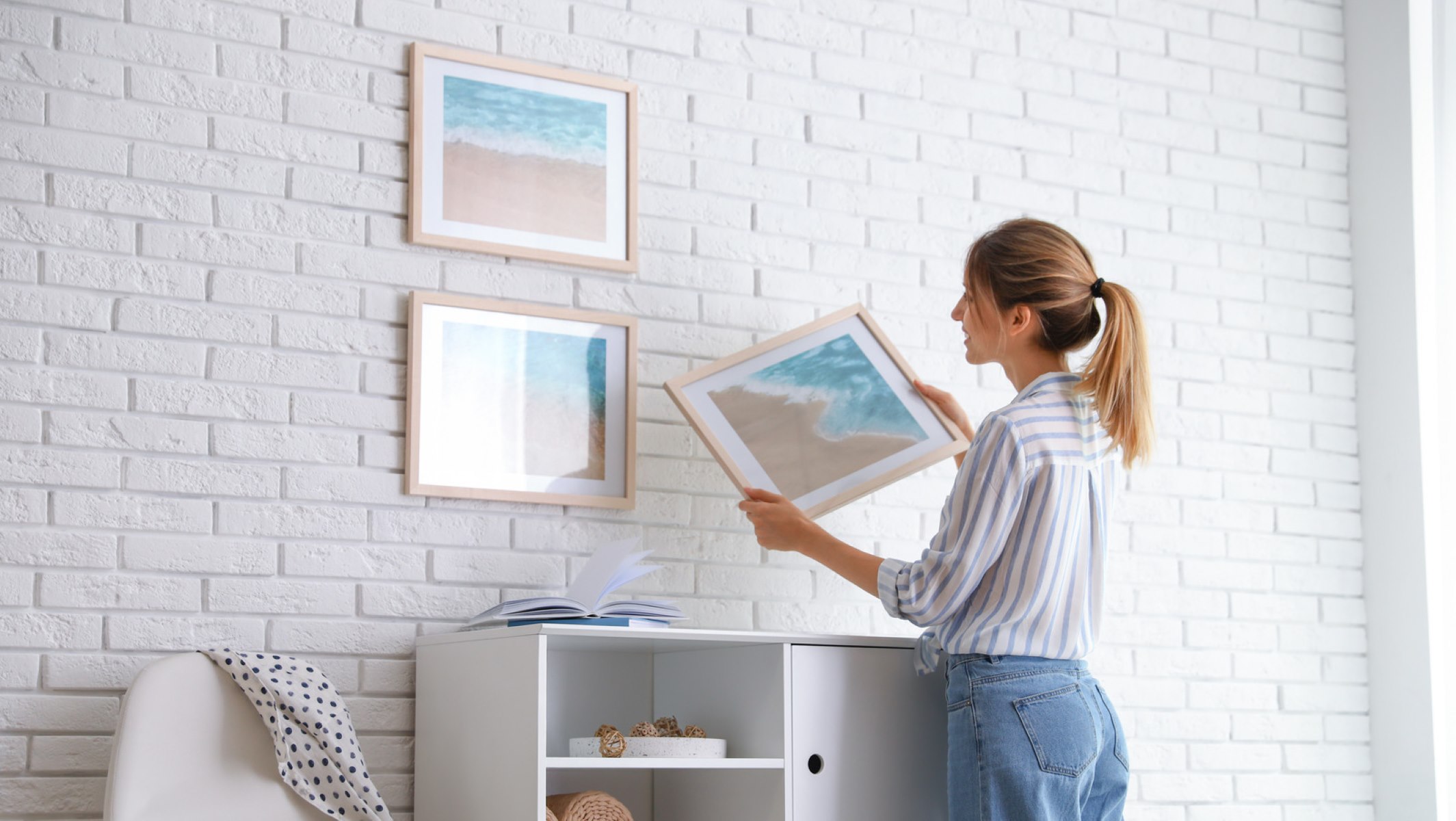
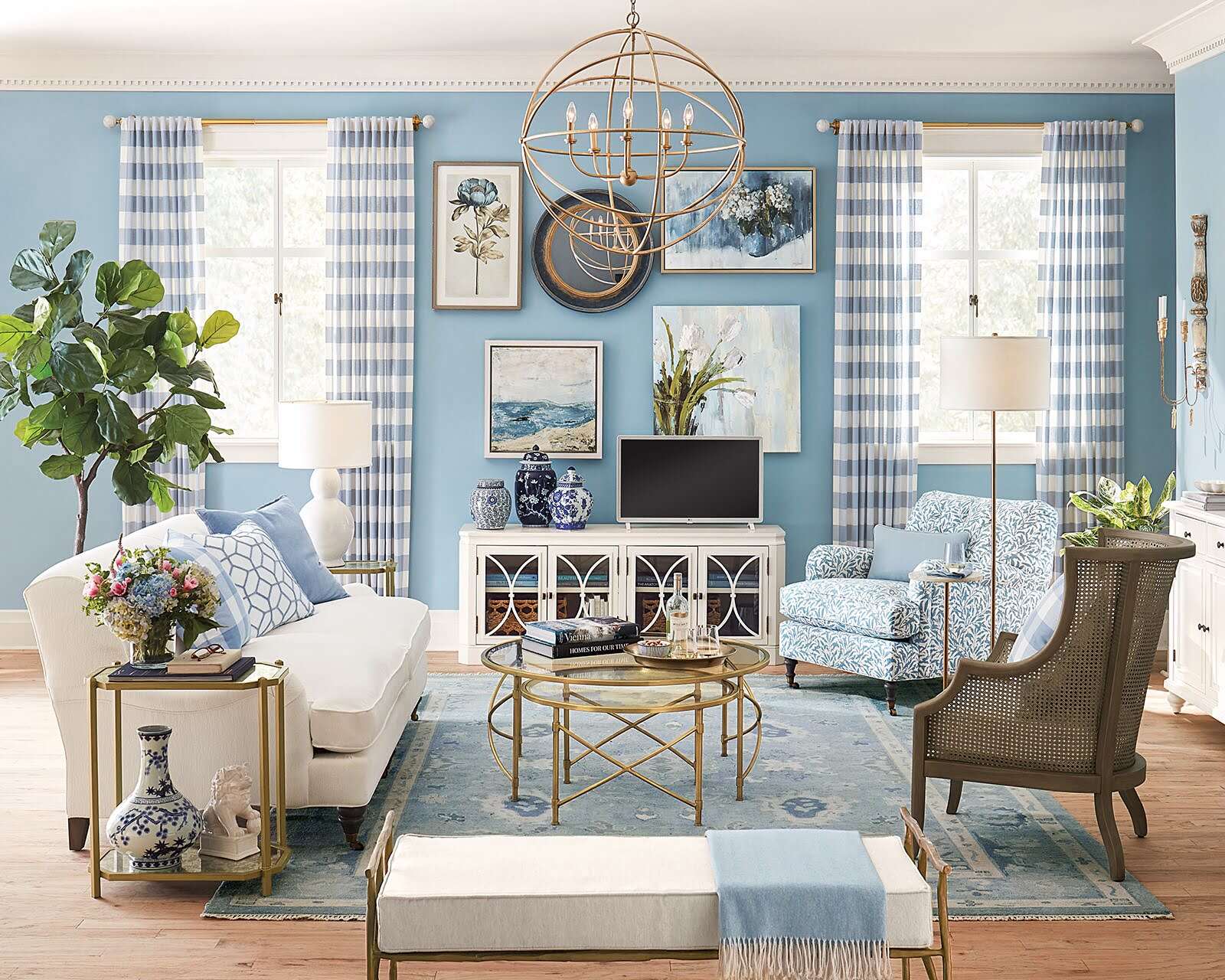
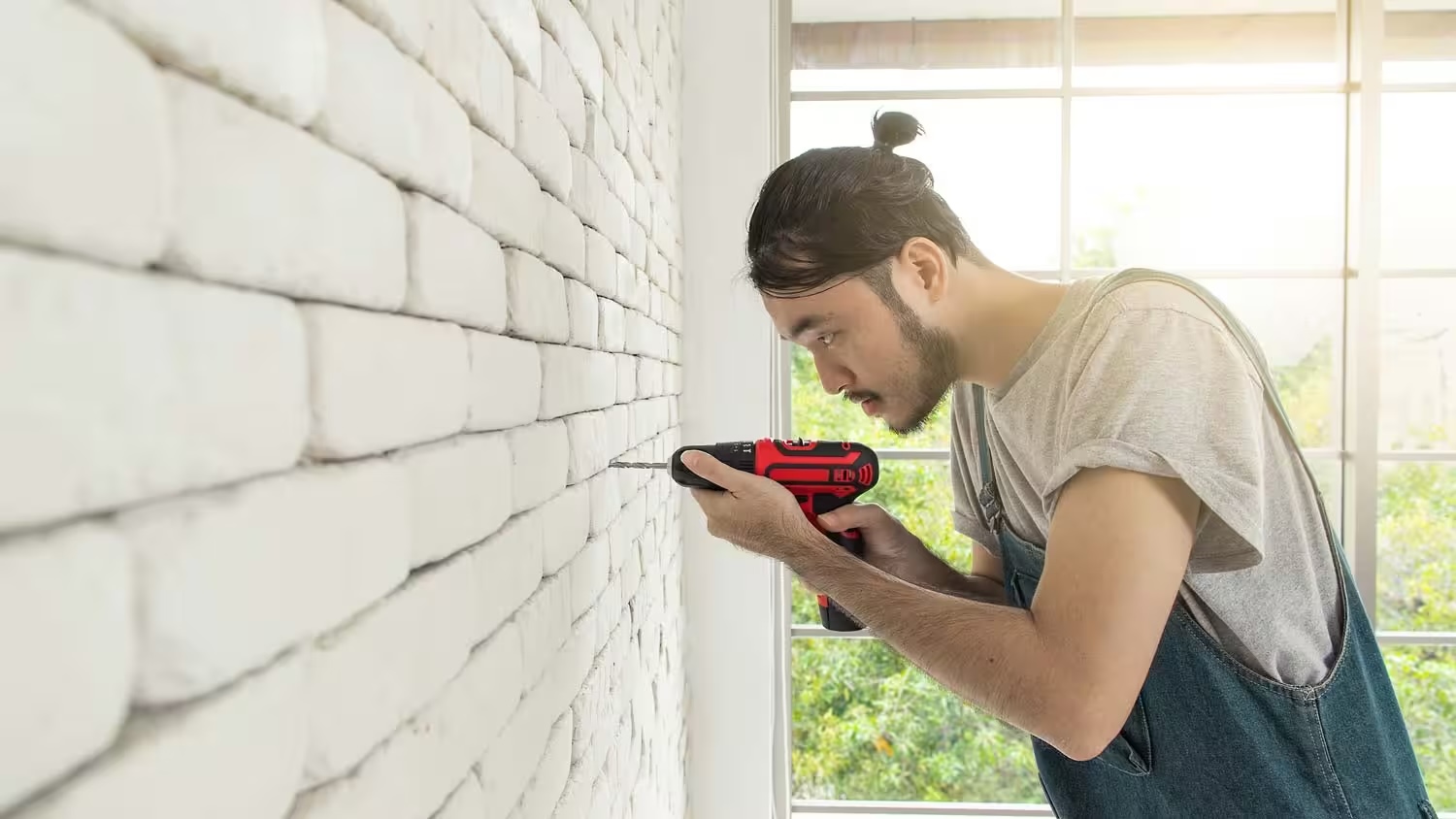
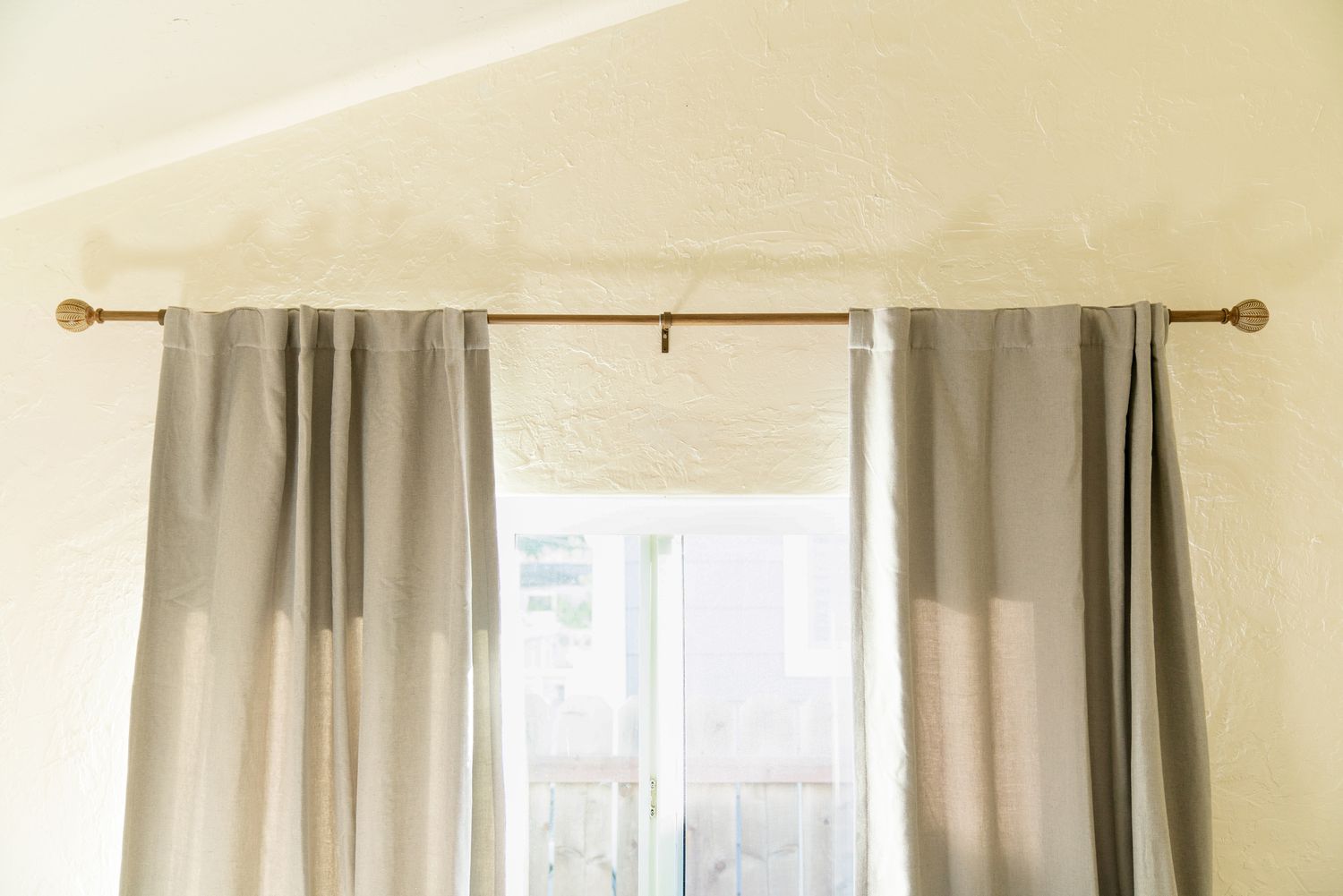
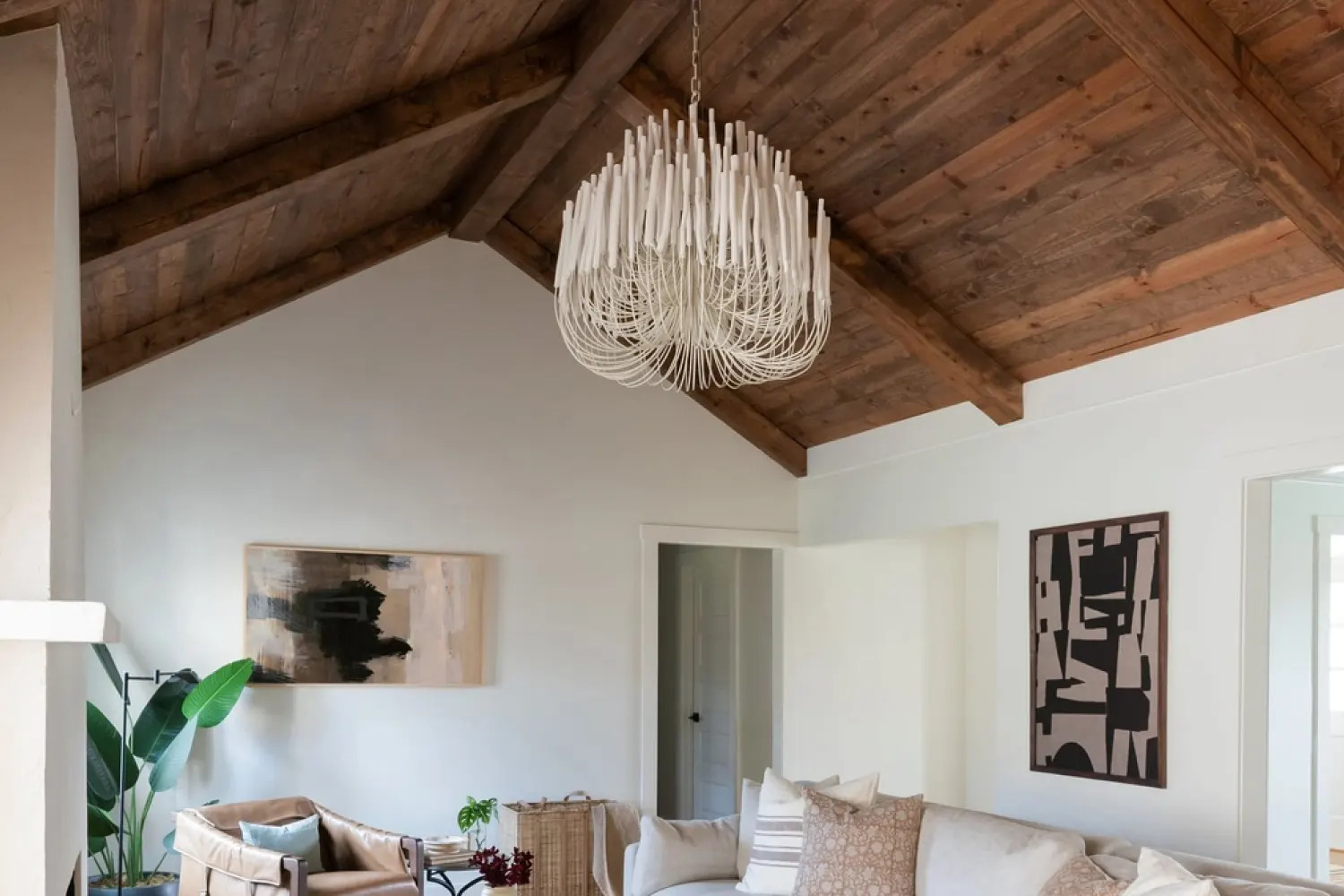

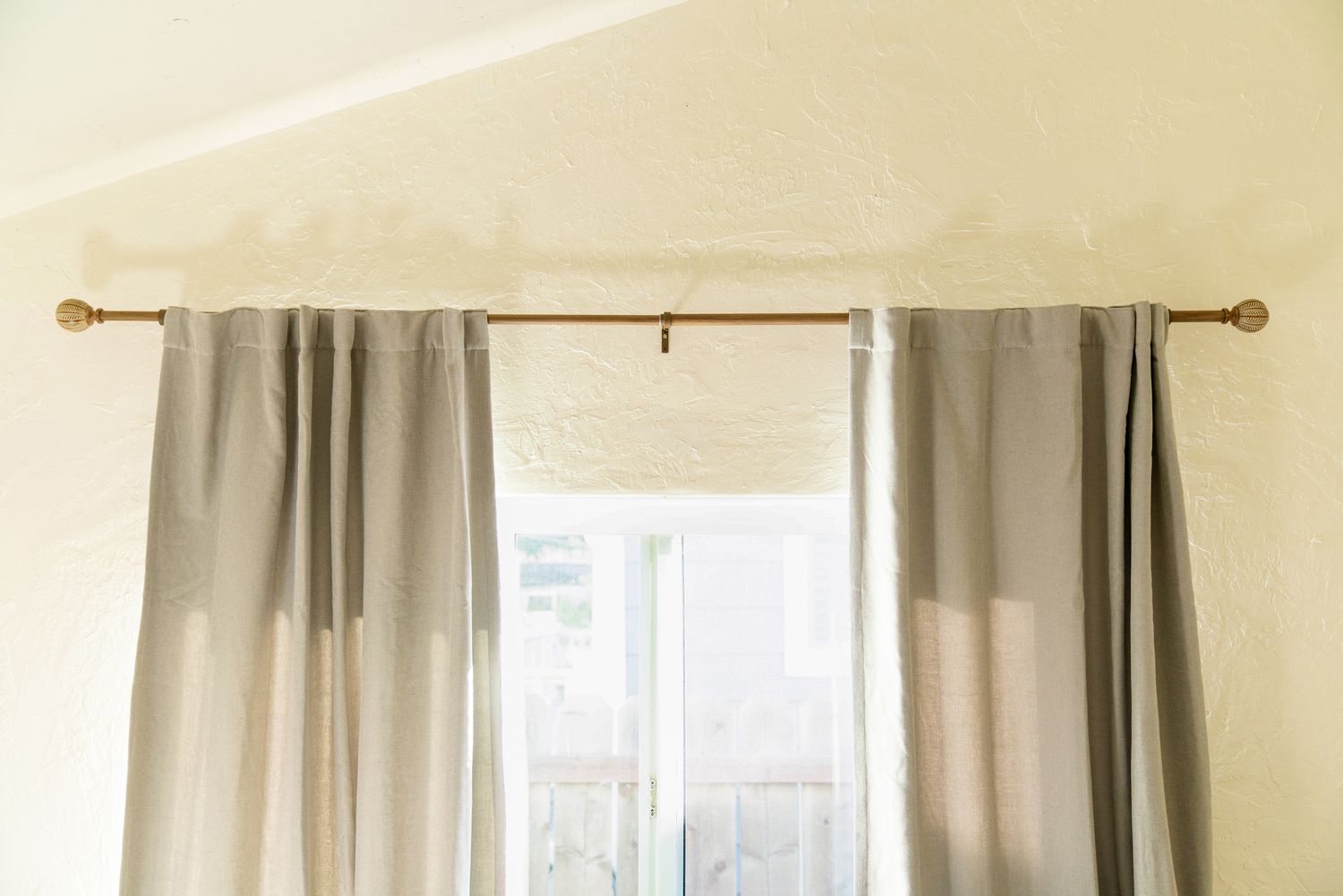
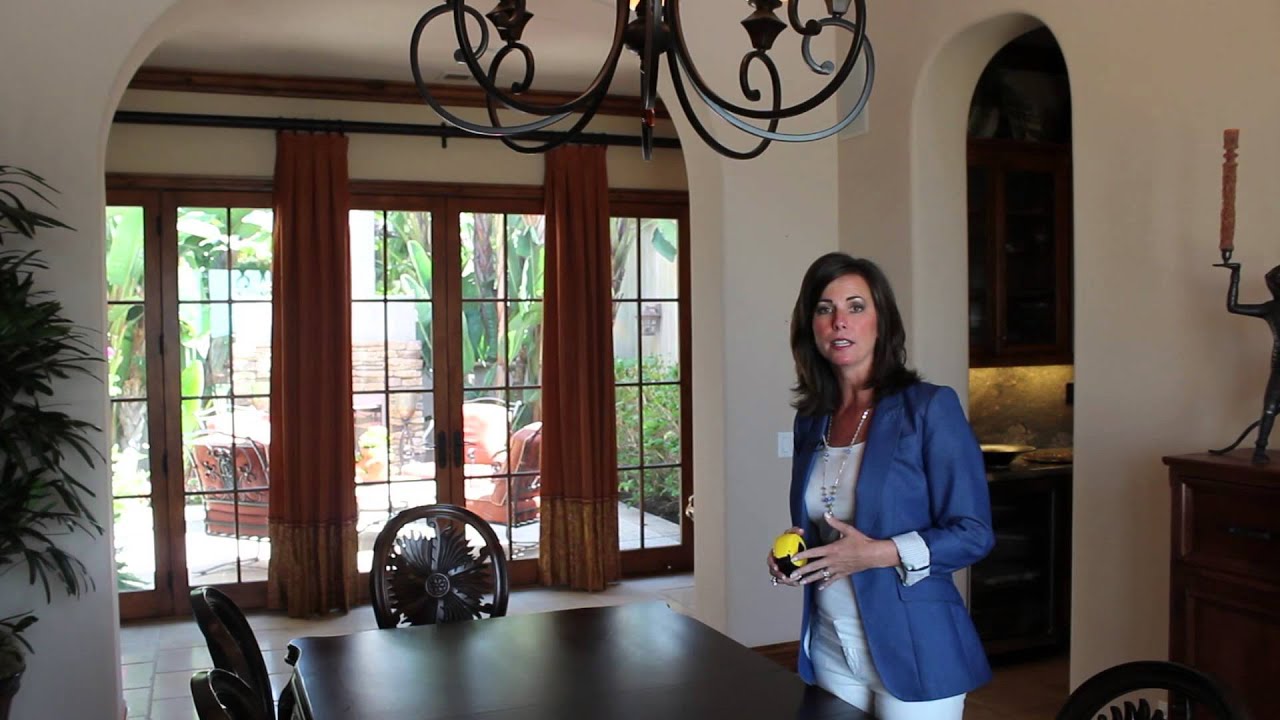
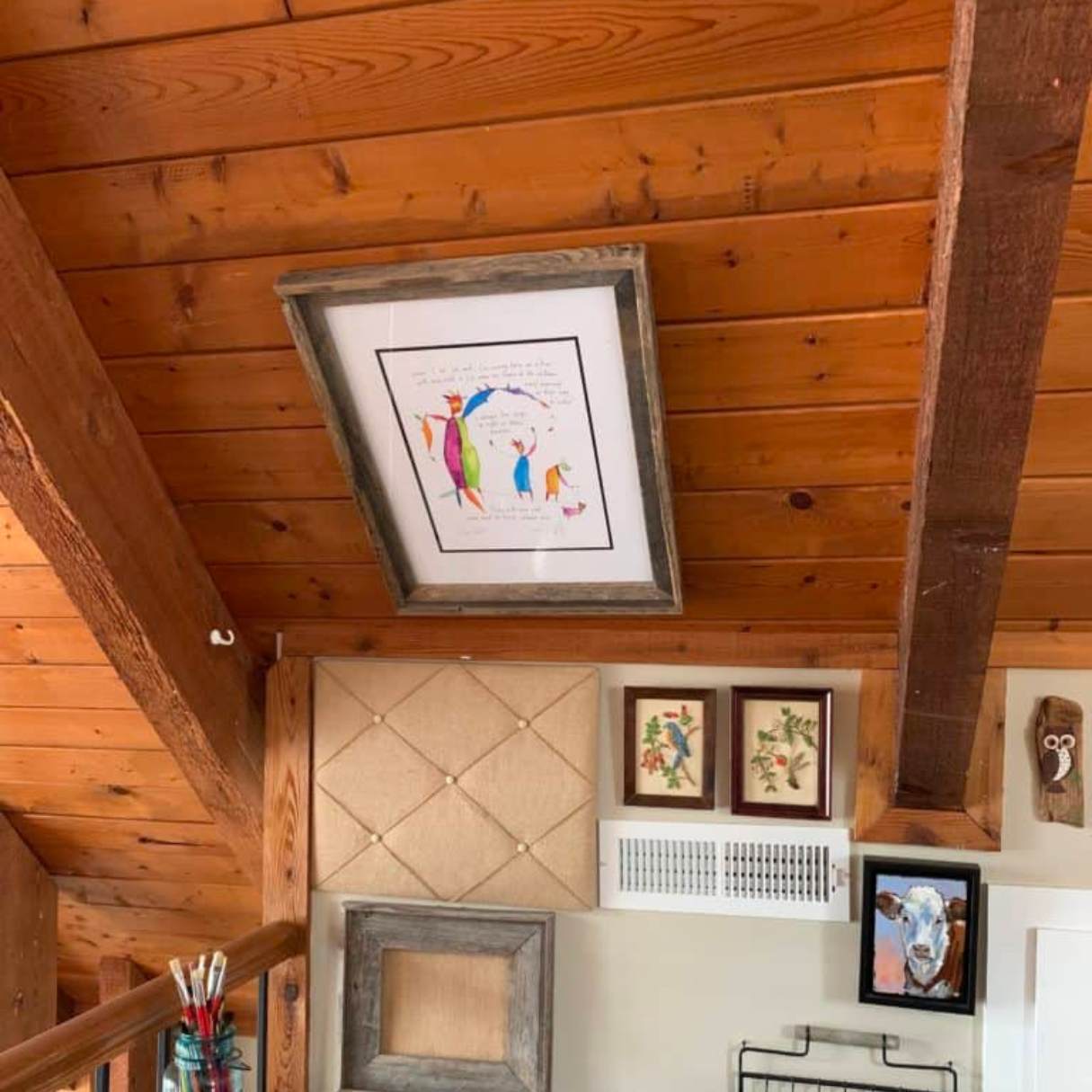
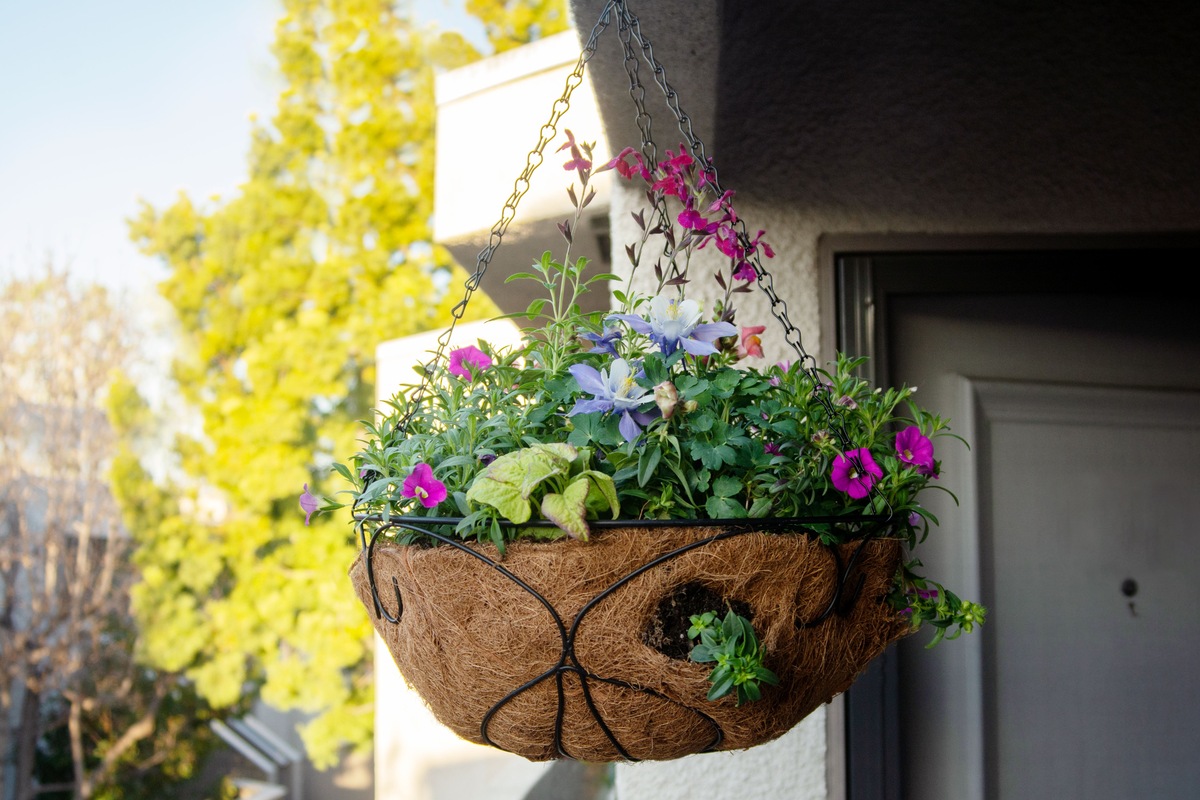
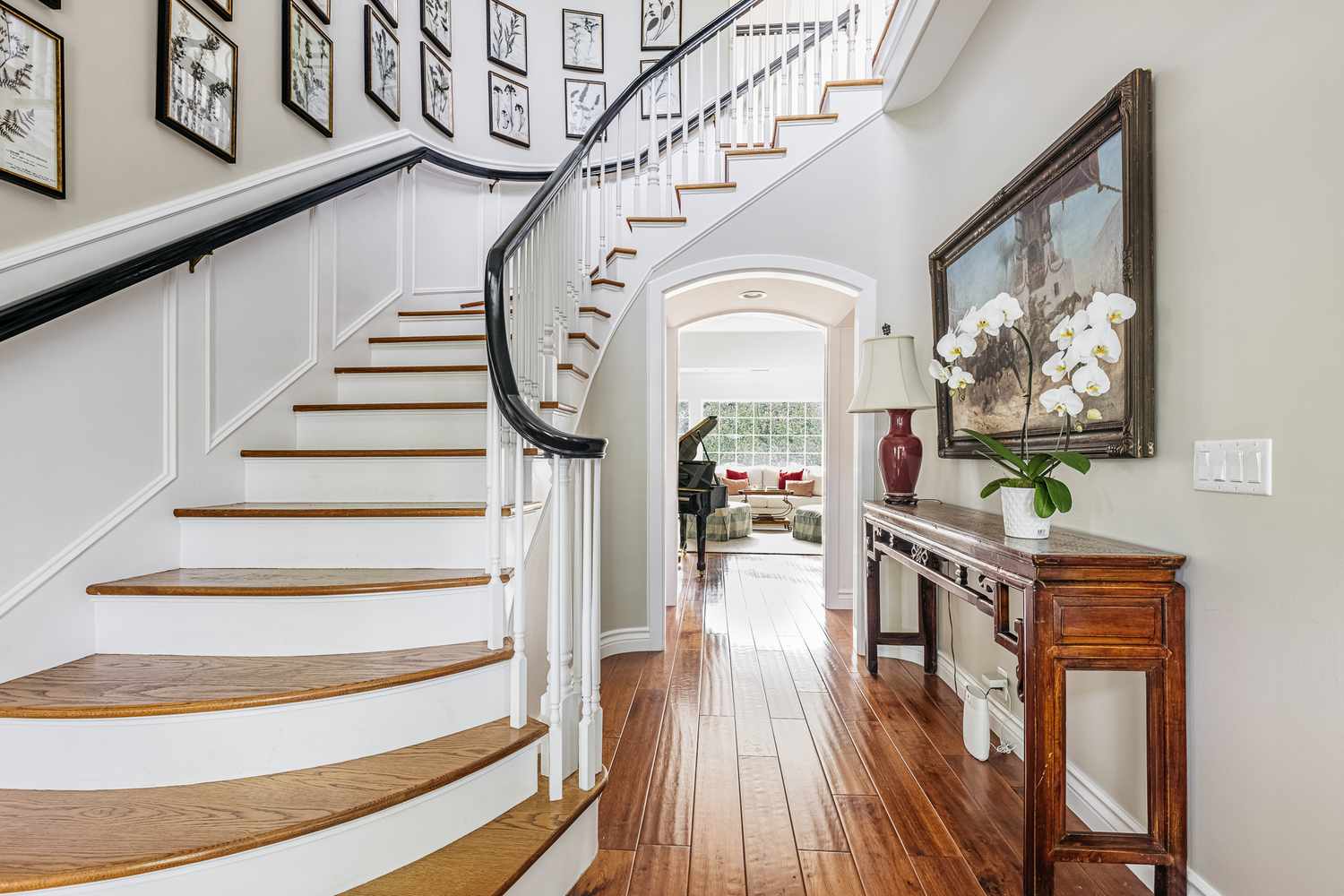
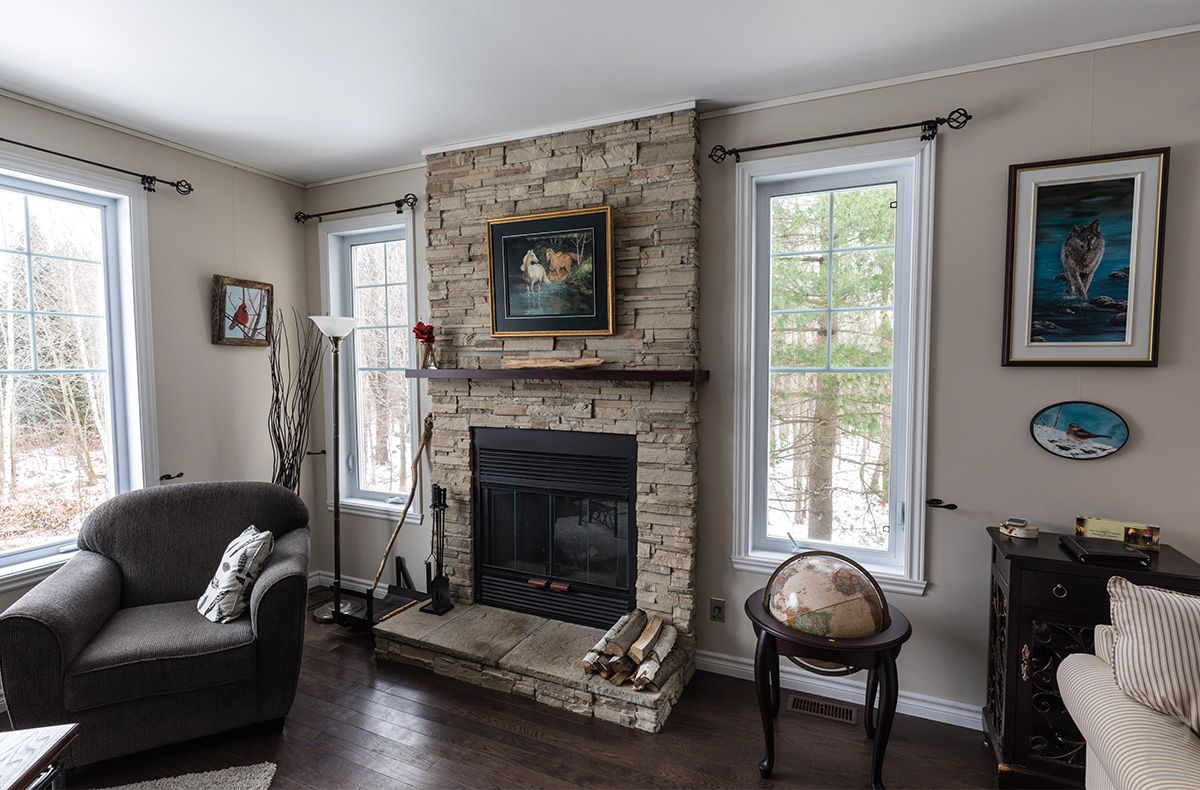
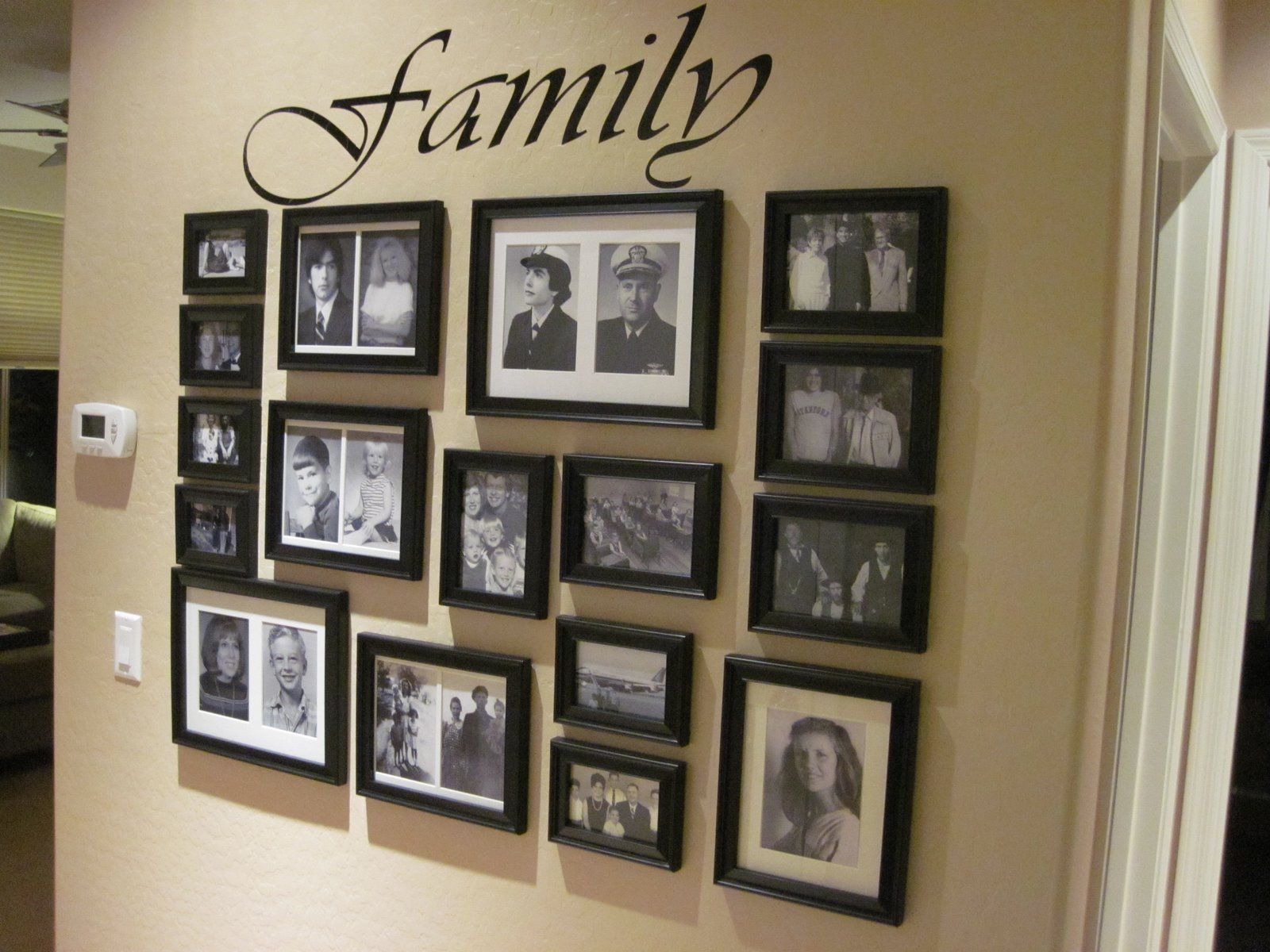


0 thoughts on “How Many Pictures Should You Hang On A Wall? 6 Golden Rules”